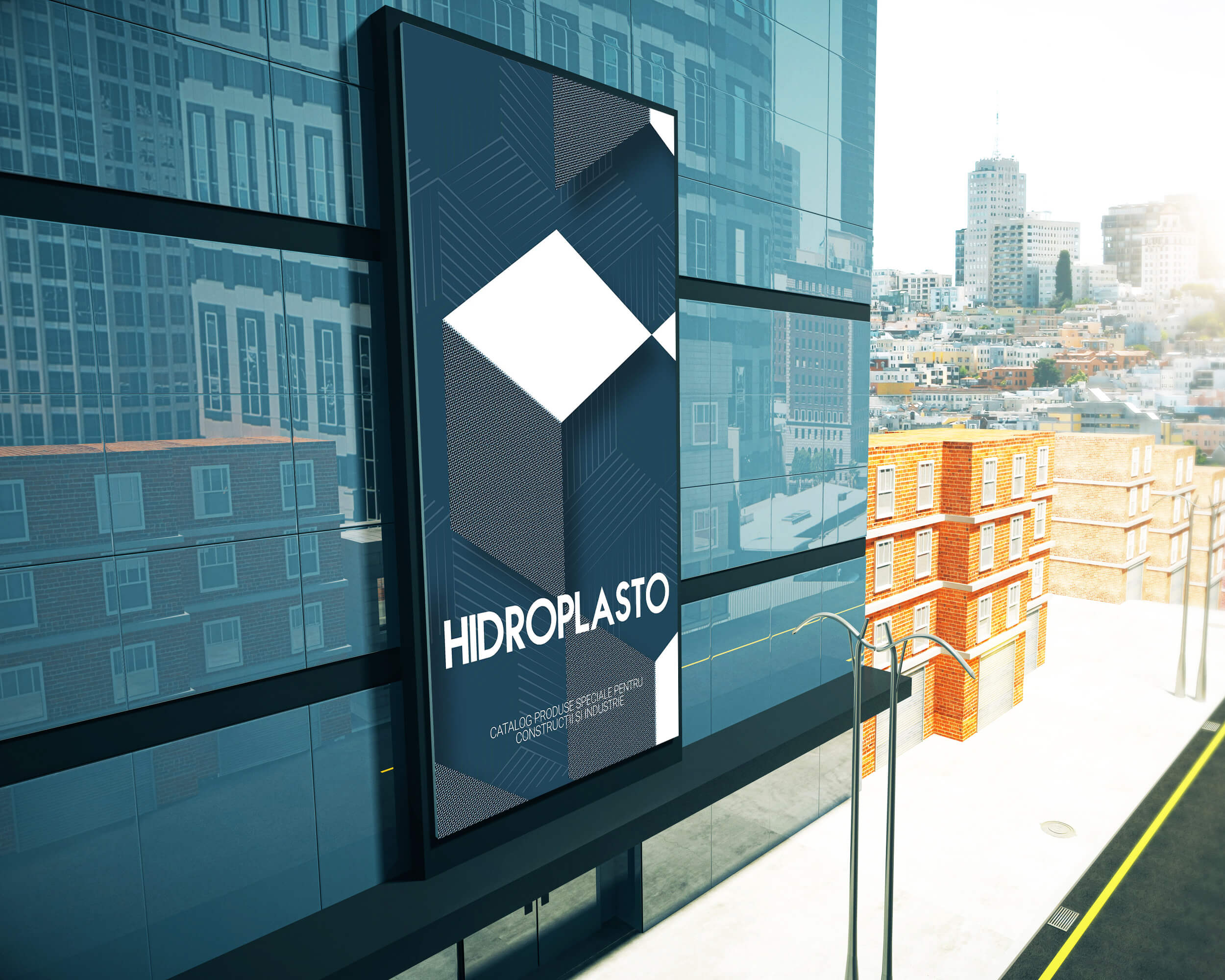Bandages made by Hidroplasto are made of high quality HIDROBIT. The material combines the positive characteristics of synthetic materials (polyethylene) with those offered by bitumen. HIDROBIT is characterized by a high biaxial stretching capacity and flexibility, as well as a high resistance to cracks produced by tension and toughness and low temperatures. It not only has a special resistance to aging and heating, it is also noted for its thermal stability and environmental compatibility.
Possibilities to use
HIDROBIT bandages are used for a great variety of constructions, while respecting the following requirements:
– Elastic stratification
– Corrosion protection
– Damping of oscillations and vibration damping
– Heat / cold insulation.
Examples of use: Mounted pre-fittings exposed to shear stress, pipe support
For buried pipelines (crude oil, water supply pipes, turbine water, gas lines, etc.), for concrete operating considerations, it is necessary to make concrete constructions (openings for discharge, ventilation, verification, etc.).
In sections where the pipe penetrates through the well wall, a very high shear stress due to temperature variations is avoided by the use of masonry screeds. These masonry prefabricated HIDROBIT masonry bridges take on the wells in the underground water layer and a sealing function (Band RL 500). Alternatively, the use of SL 500 profile bands, which are laid in the mortar bed with the downward facing profile, is also possible in the form of the d-band. Types of bandage are: GL 400 and 500, RL 500, SL 500 and are exemplified in the order shown in the picture below.
Application of HIDROBIT bandages on surfaces
For cold bonding of the bandages on steel surfaces to which an epoxy resin primer is applied, a rubber-based adhesive can be used.
The unprocessed steel surfaces will be sandblasted and fitted with a primer applied as a double layer of cold applied bitumen for superior adhesion. In addition, a hot bitumen layer can be applied before applying the molten bandages to the bottom. HIDROBIT bandages can be applied with hot or welded welding or welding blades.
The joining joints between the individual bandages will be closed by melting with the gas flame and subsequent painting of the plasticized mass of HIDROBIT.


